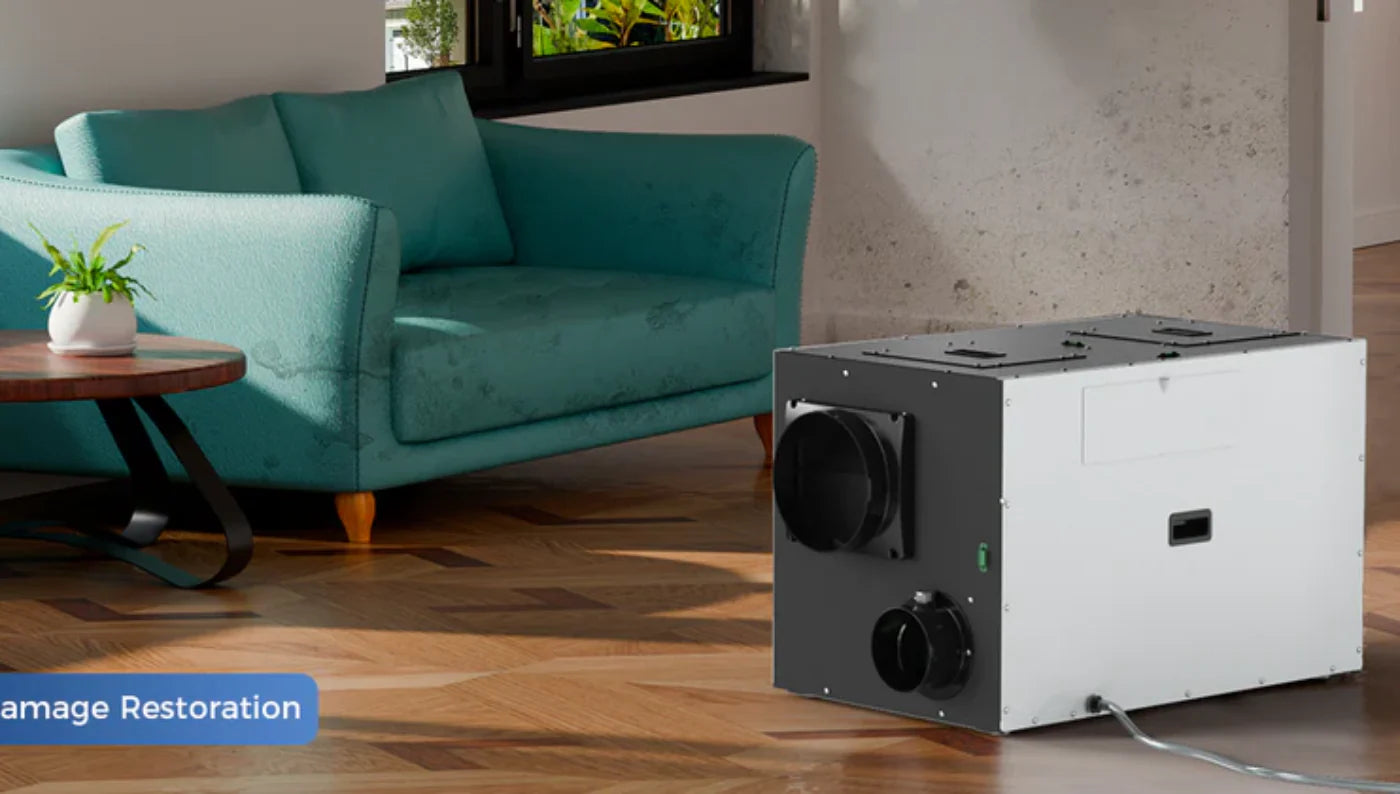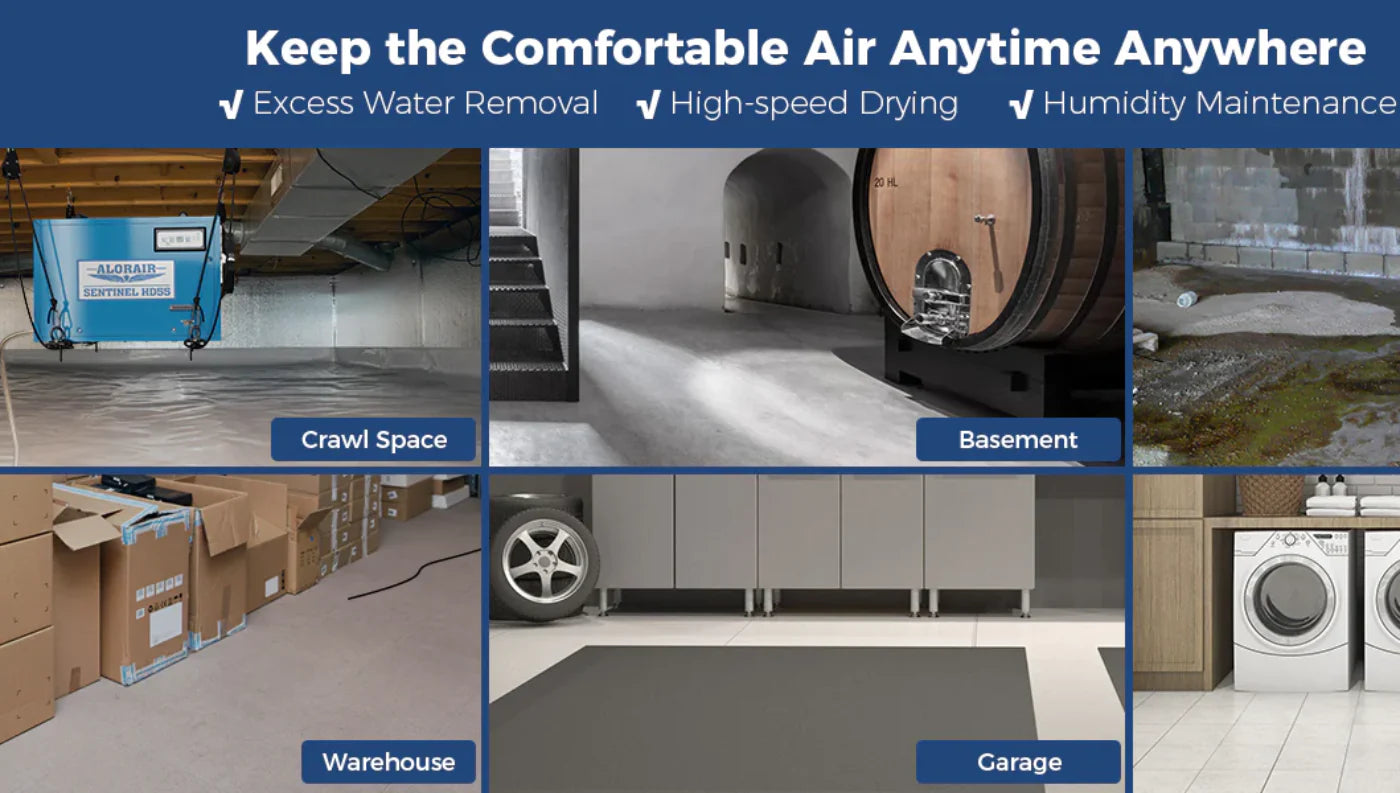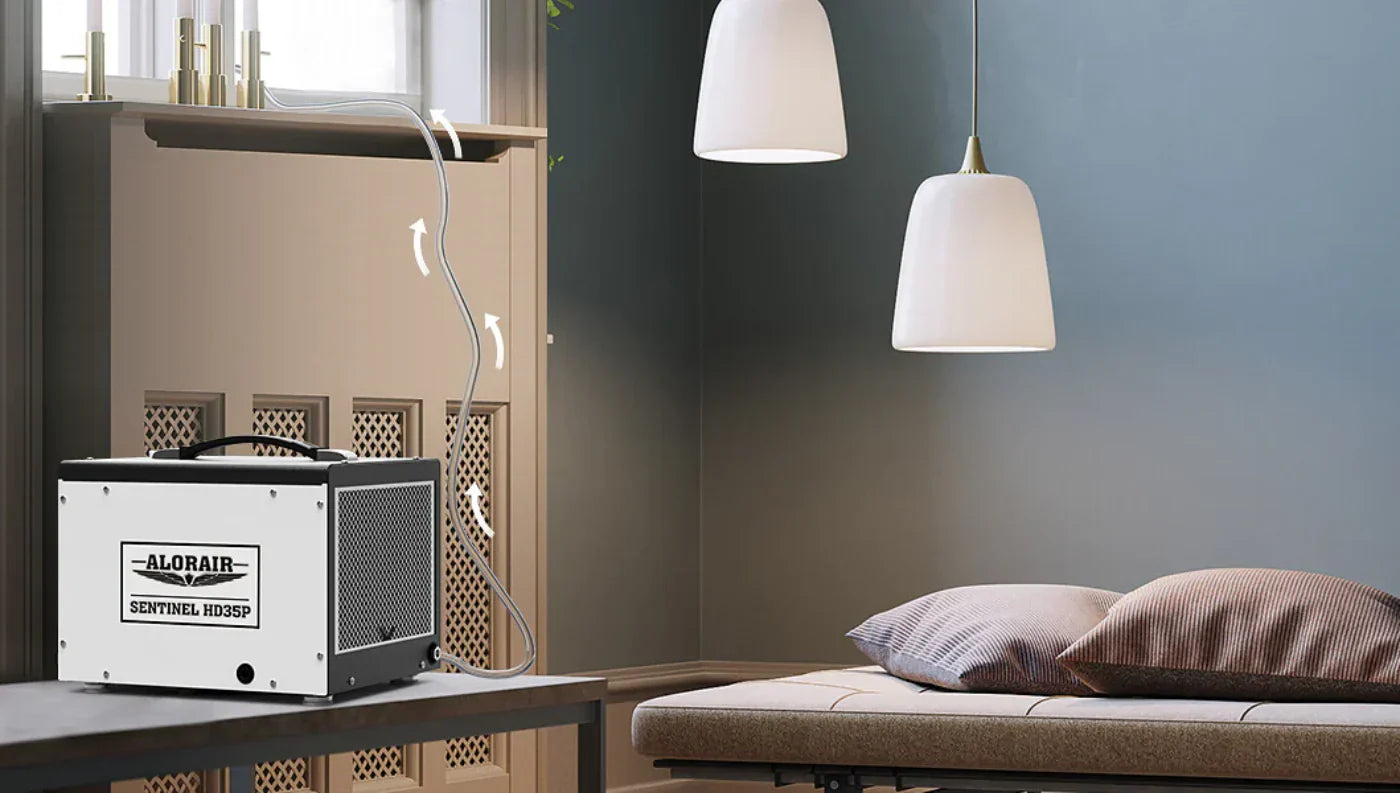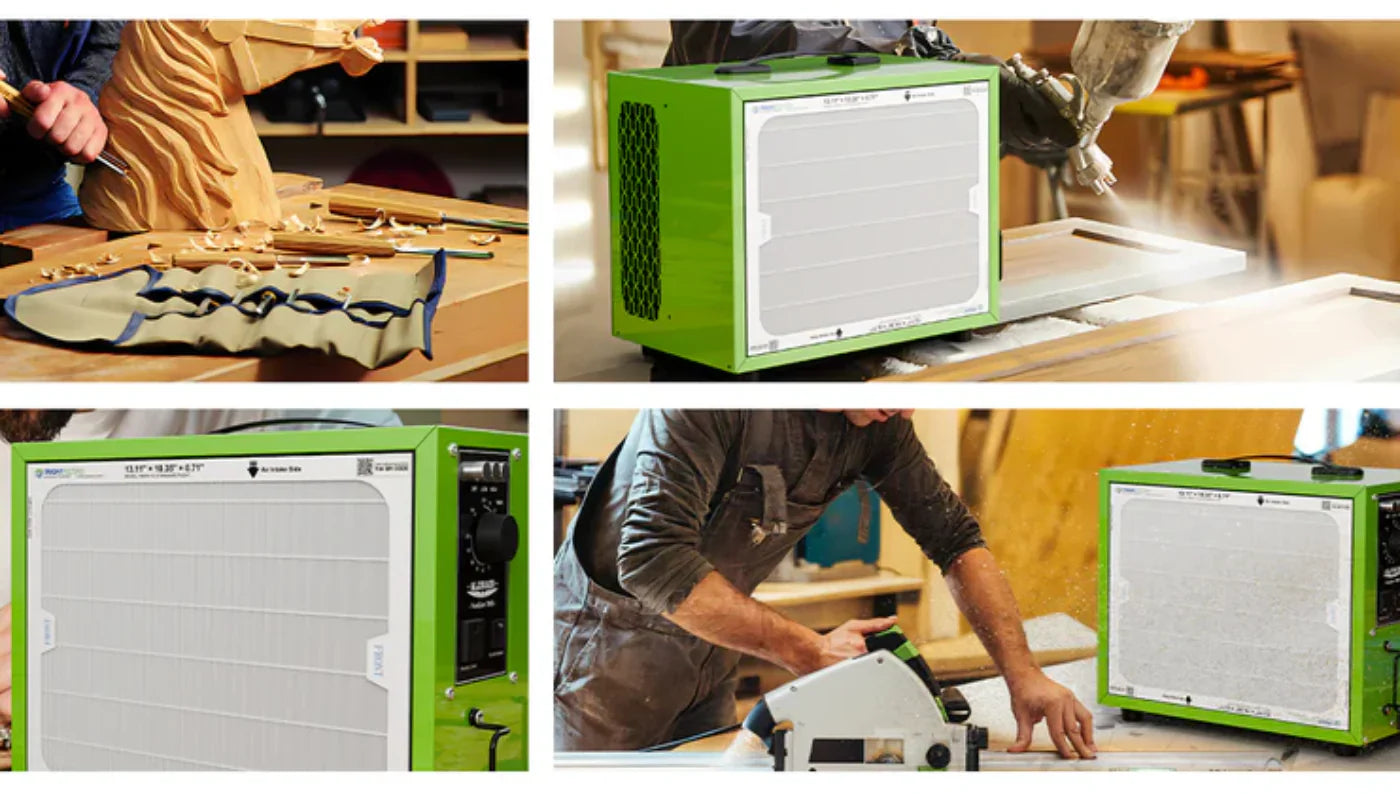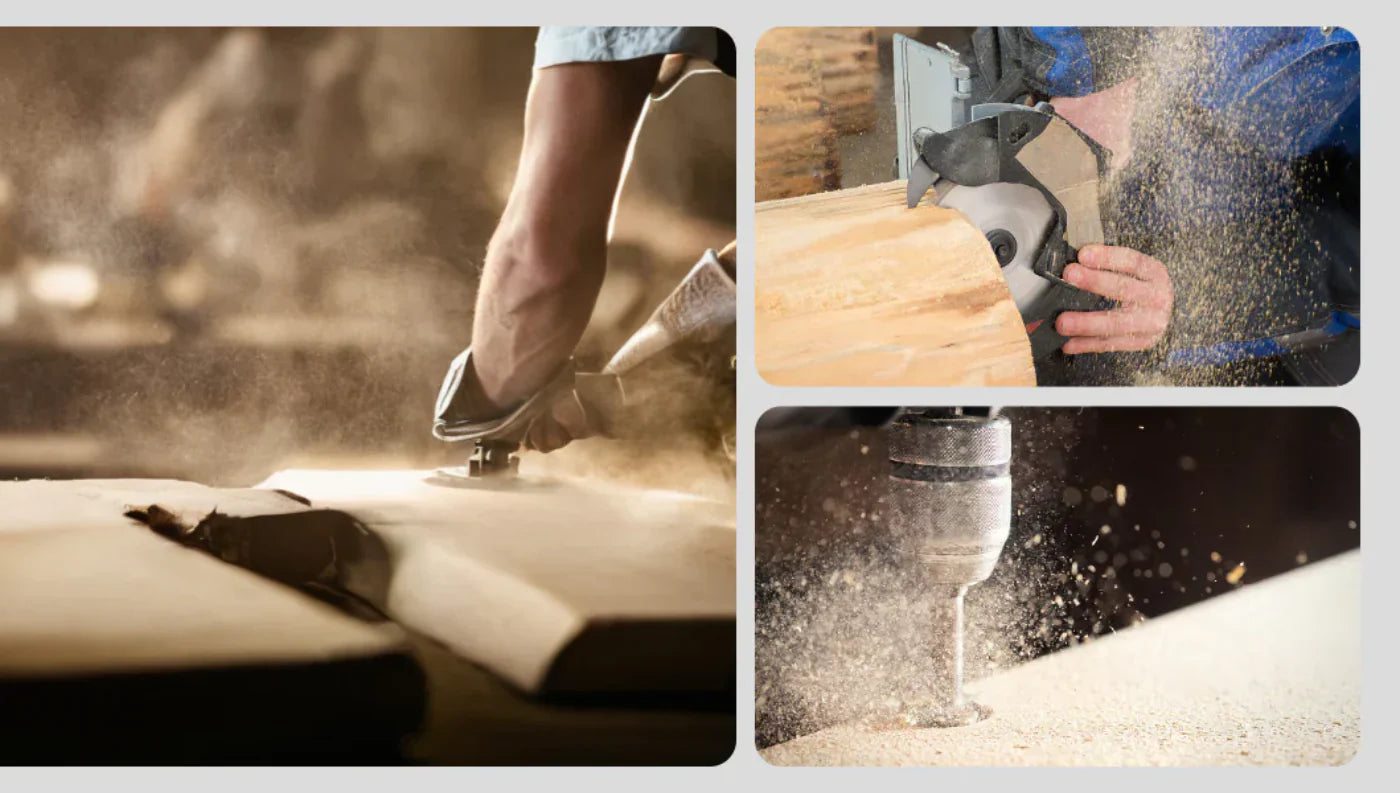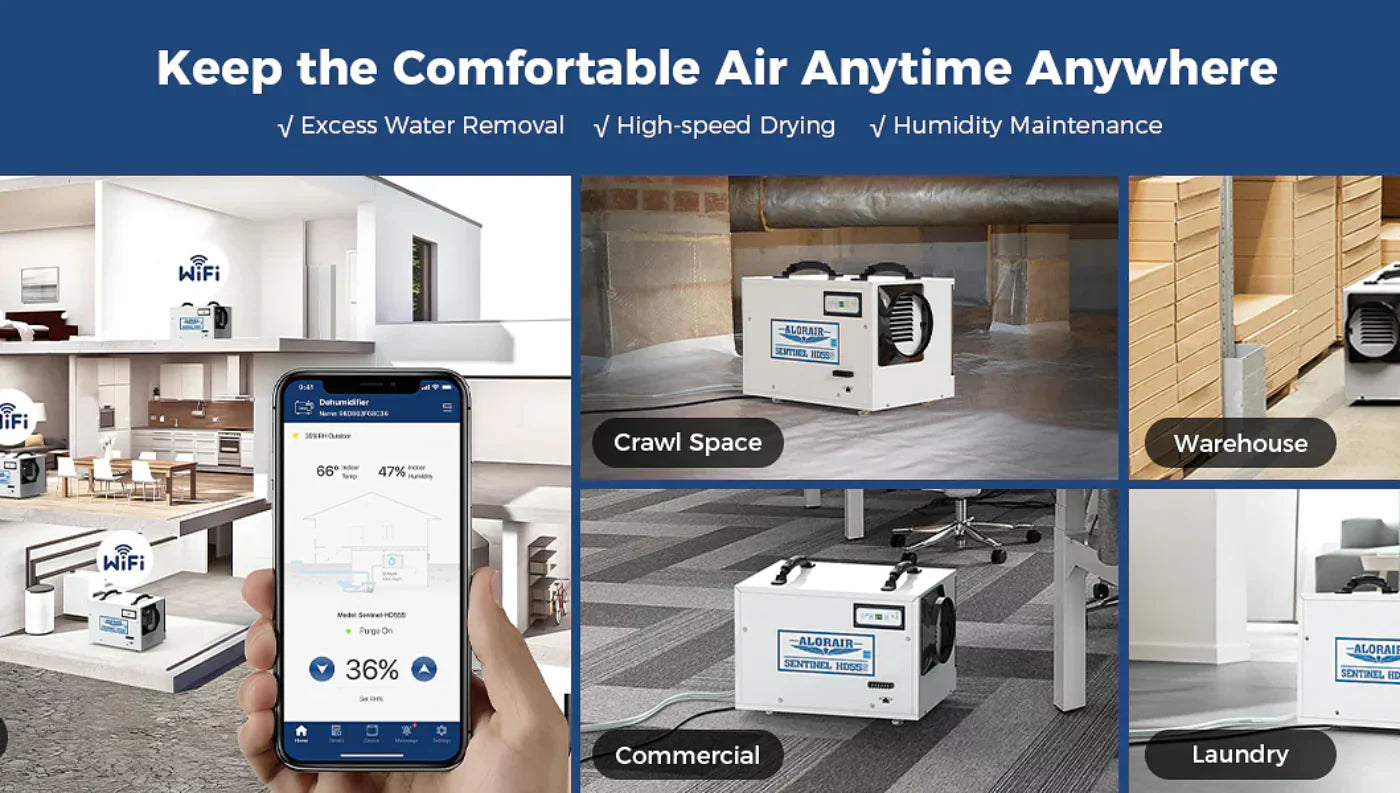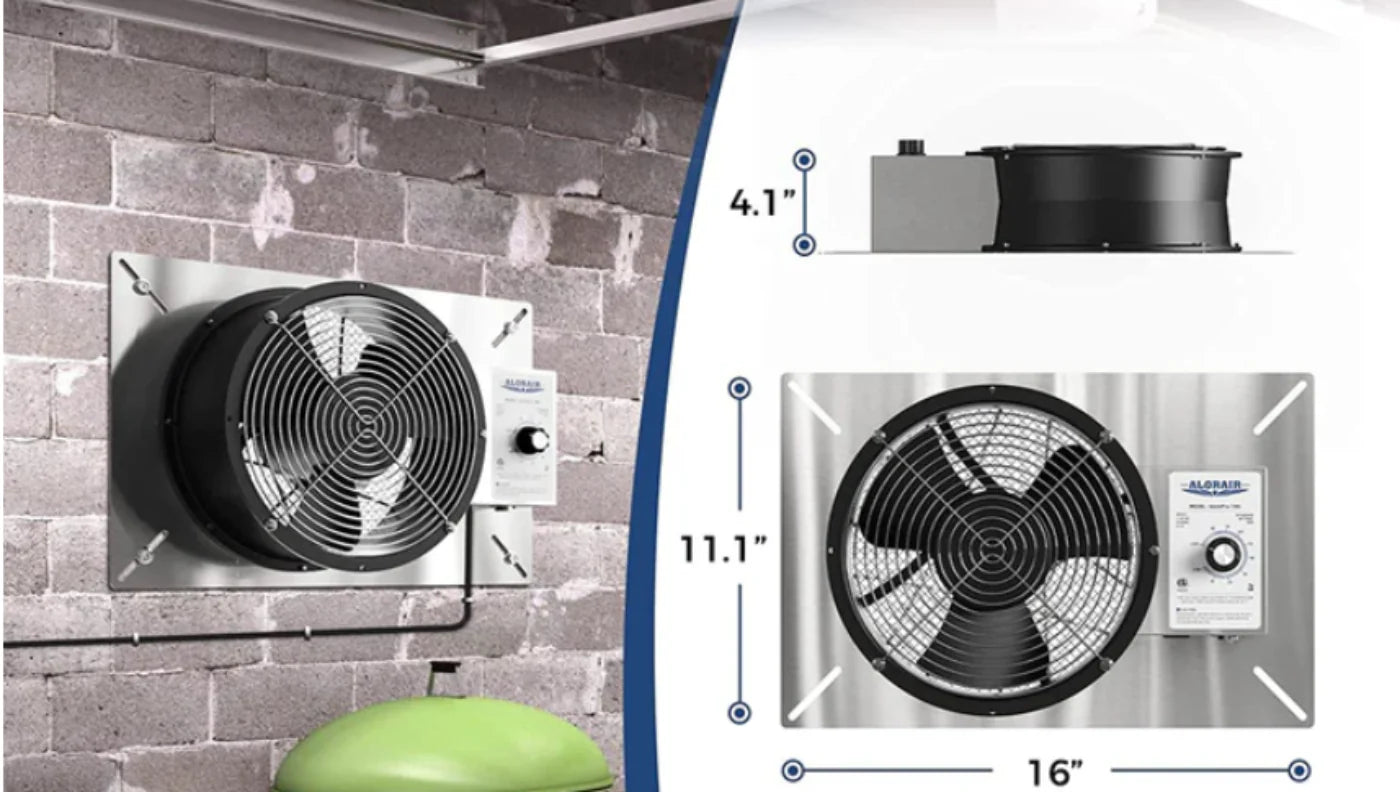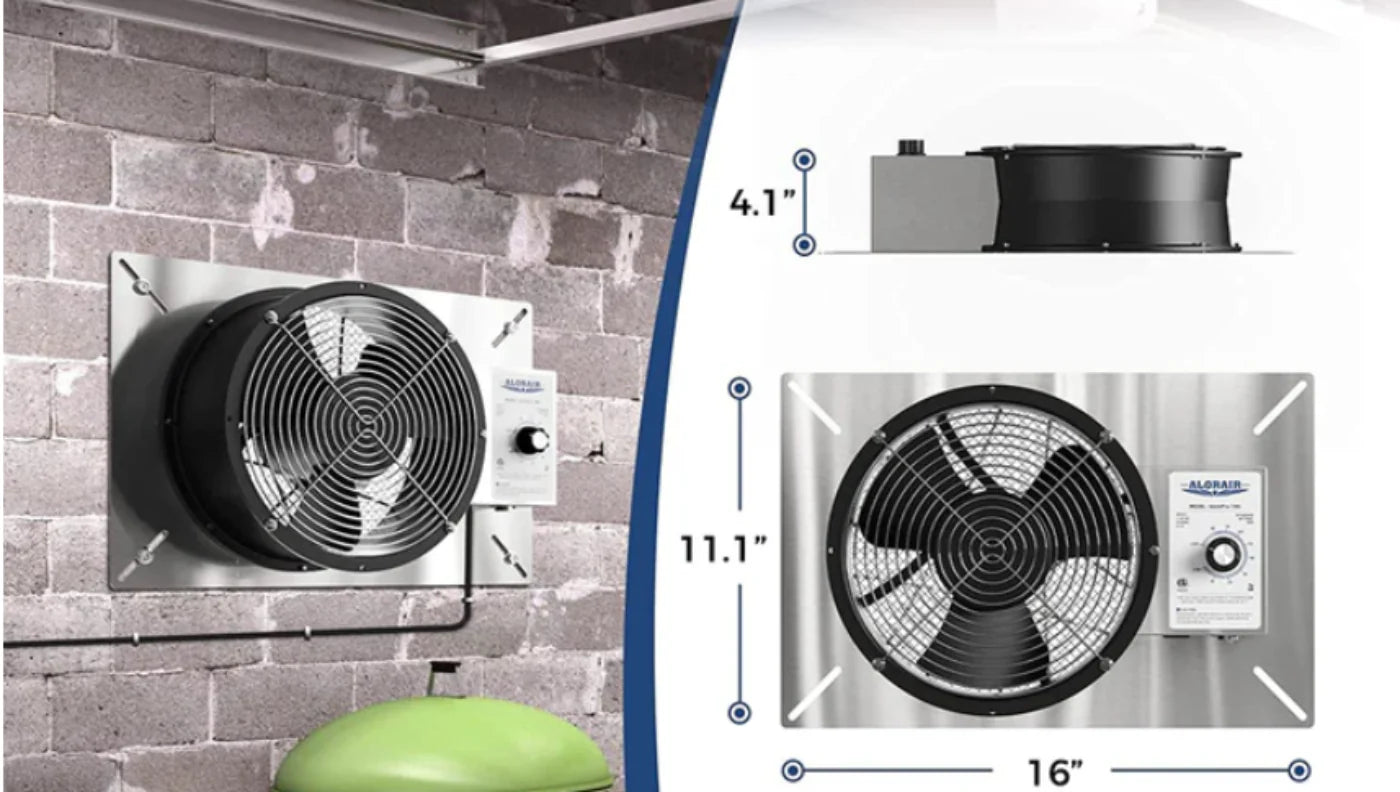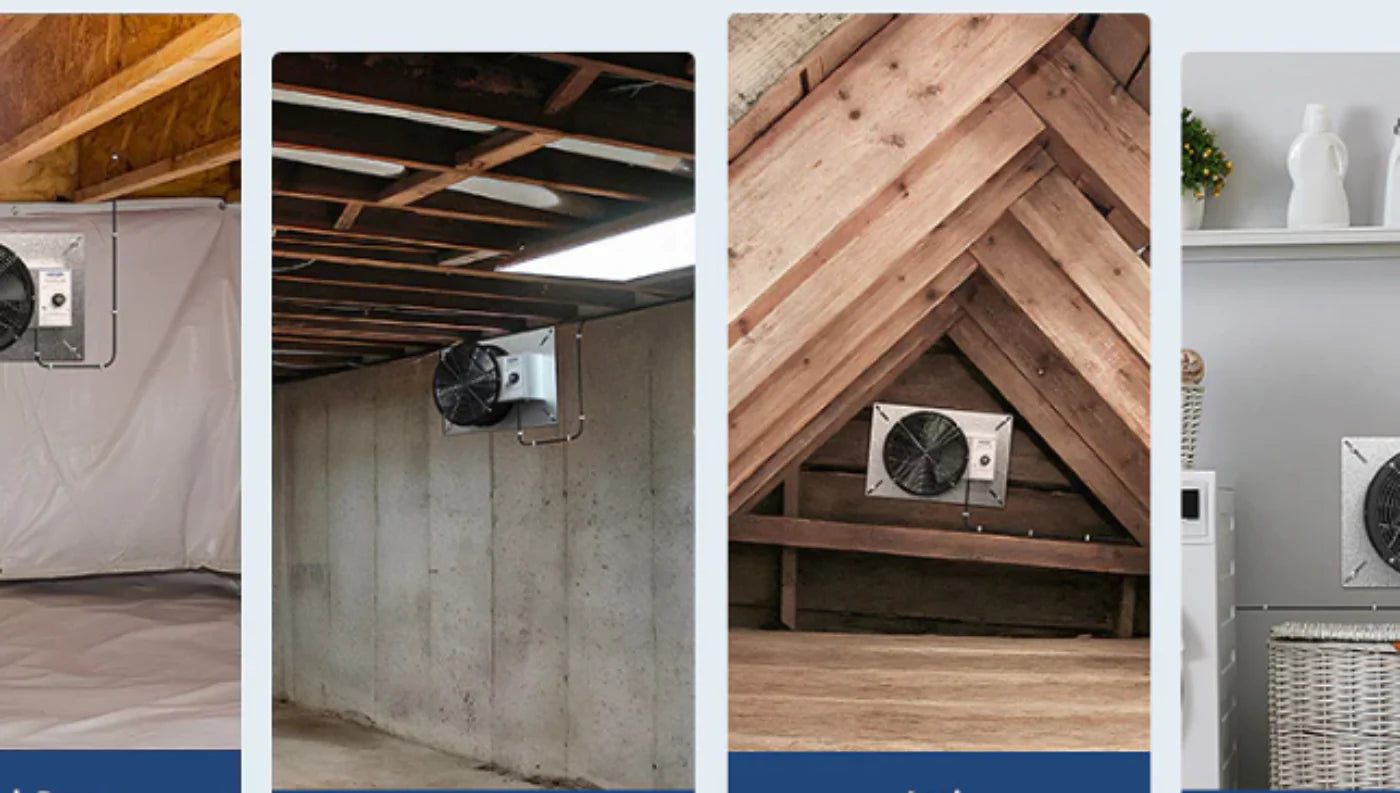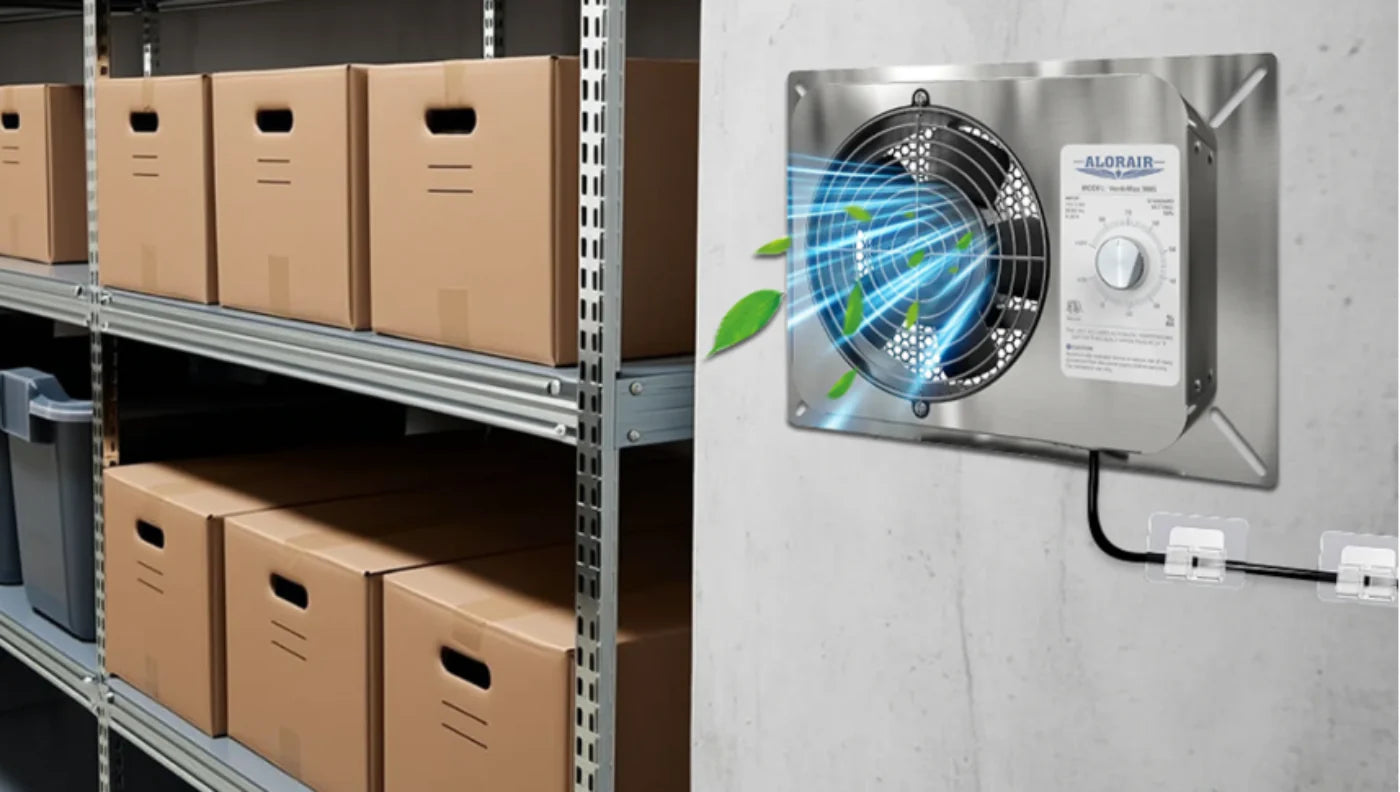Did you know those damp smells passing through your living areas could not be caused by mold and humidity problems? The actual culprit might be your basement vapor barrier, which is key to securing your house from extra moisture. A basement vapor barrier helps avoid mold, safeguards your house’s structure, and maintains good air quality.
So, an awareness of when to replace a basement vapor barrier is necessary for keeping a healthy home. This blog will describe what a vapor barrier is, its importance, and when it needs to be replaced. Also, we’ll talk over the way vapor barrier functions with crawl space dehumidifiers for a dry basement.
What Is a Vapor Barrier and Why Does It Matter?

A vapor barrier is a foil or plastic sheet that is used on the interior of the wall structure before the plaster or drywall. A basement vapor barrier helps prevent dampness from getting into your basement. It serves as a protection, holding moisture from the walls or grounds from penetrating your living space.
This assists in preventing decay, mold, and property damage. It’s specifically significant to install vapor barrier in damp spaces or areas with a rising water level. This ensures your basement stays dry and your home’s foundation is secure. There’s a variety of vapor barriers. So, what is a crawl space vapor barrier?
A crawl space vapor barrier is installed on the crawl space floor to stop moisture from the soil. Basement wall vapor barrier installation includes setting a barrier on the walls to prevent dampness from seeping through the base. The basement vapor barrier ( also known as a vapor retarder) is only a section of the basement waterproofing setup.
Typical Lifespan of a Vapor Barrier
A typical vapor barrier can last for 5 - 20 years. This is based on the kind of material, the place it’s installed, and the external atmosphere. A top-grade vapor barrier for basement floor usage is normally thicker and more long-lasting. Dense sheets like 12 -20 mil are likely to withstand damage longer.
That said, low-quality materials might break quickly. Unsupported plastic sheeting might require replacement during the next five years. Besides, crawl space atmospheres can speed up the damage because of pests, still water, or pointed objects. The cost of vapor barrier in crawl space zones mostly shows the quality.
Paying out more upfront on a high-quality product can protect you from initial replacement prices. When you install vapor barrier in a humid crawl space or basement, examine it routinely. Little cracks or humidity increases can lower its lifespan.
When to Replace a Basement Vapor Barrier?
A thorough knowledge of when to replace vapor barrier can help avoid severe problems such as wood decay, mold in walls, or bad air quality. Here are a few signs that indicate the need for replacement:
-
Obvious Damage: One of the early symptoms is evident harm. When you notice tears, holes, or components detaching from the wall or floor, it’s time to change the vapor barrier.
-
Humidity Issues: Moisture problems are one more hint. Wrinkling, standing water, or precipitation on the vapor barrier indicates it’s not really working. Even minor leaks can permit dampness to get into the basement eventually.
-
Damp Odors: Mouldy smells in the crawl space or basement might suggest mold. When you use crawl space dehumidifiers but still observe too much dampness, your vapor barrier could be compromised.
-
Wet Barrier: When the vapor barrier remains wet for days, it makes a breeding place for bacteria and mold. In such scenarios, changing the vapor barrier is more secure and efficient than trying to fix it.
The golden rule is to replace vapor barrier when it no more keeps humidity out or when it’s above 10 years old and shows signs of damage. Modern materials and better placement techniques will enhance durable activity.
Why Replacing a Damaged Vapor Barrier at the Right Time Matters?
Delaying vapor barrier replacement can cause severe issues. A defective vapor barrier for basement floor or crawl space will not block dampness. This lets moisture enter the living area. After some time, this can lead to mold in drywall, insulation, and wooden structures.
Avoid Structural Issues
When humidity grows beneath a vapor barrier, it harms wood and concrete. Consequently, this wears out building rods and walls. Repairing structural problems is more costly in comparison to the cost of vapor barrier in crawl space replacement.
Prevent Mold and Health Risks
Wet vapor barriers generate perfect states for mold. Mold impacts indoor air and might cause breathing issues and allergies. Therefore, when you notice mold, smell damp odors, or inspect if it’s time to change the vapor barrier.
Lower Energy Costs
A functioning vapor barrier maintains the basement dried-out. In case it fails, the dampness increases, making HVAC setups operate harder. Replacing the vapor barrier timely manner assists in lowering cooling and heating prices.
How Vapor Barriers Work with Crawl Space Dehumidifiers?

A combination of the two vapor barrier and a dehumidifier, creates a comprehensive system for humidity control. Every equipment has varying functions, however, they function well when used collectively.
Vapor Barrier Blocks Ground Moisture
Vapor barriers in basements or crawl spaces stop water vapor from going into the walls or grounds. Of course, it’s the primary protection and assists in minimizing precipitation and humidity.
Crawl Space Dehumidifiers Remove Air Moisture
Crawl space dehumidifiers draw moisture out of the air. Surprisingly, with a barrier, a bit of dampness can arise from leaks, excessive humidity, or open vents. A dehumidifier maintains dampness at good levels.
Stronger Results Together
When you install vapor barrier and combine it with a dehumidifier, you upgrade indoor air quality. Also, you prevent mold, decay, and dampness-related harm.
Aloraircrawlspace dehumidifiers are safe and cost-efficient, tailored for confined areas and perform well with vapor barriers. So, go and check out the amazing deals on dehumidifiers.
Pro Tips to Extend the Life of Your Vapor Barrier
Preserving your vapor barrier can assist you in avoiding early replacement and reducing the costs of servicing. Below is how to extend the life of your barrier:
-
Use High-Quality Material: Every time, install vapor barrier articles that are no less than 12 mil thick. Strengthened barriers fight holes, stretching, and damage a lot better than thin plastic.
-
Seal All Closures Tightly: Throughout basement wall vapor barrier installation, ensure to secure all seams and edges with long-lasting tape. This is to shut out dampness and air leaks.
-
Avoid Heavy Storage on the Barrier: Try not to put equipment, furniture, or storage cartons straight on a crawl space vapor barrier. Pointed sides and weight can cut the material over time.
Conclusion
To conclude, the key to saving your house from humidity damage is to know when to replace a basement vapor barrier. Observing the symptoms of a failing vapor barrier and instantly changing it is necessary for your house’s well-being, protection, and energy savings. A decayed vapor barrier can cause mold formation, property damage, high electricity bills, and poor indoor air quality.




